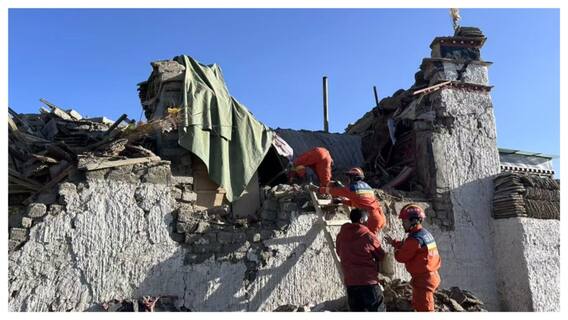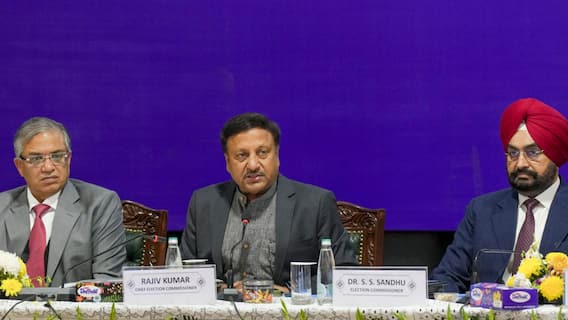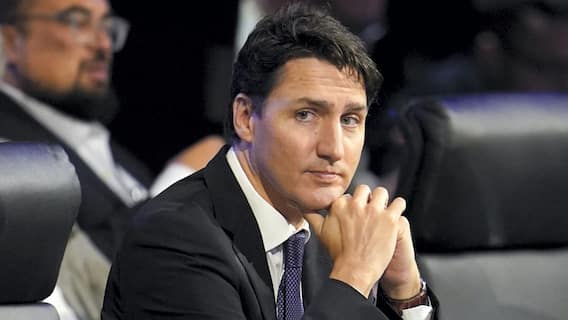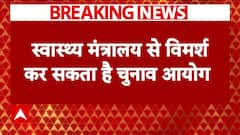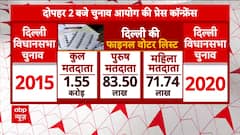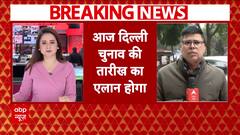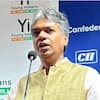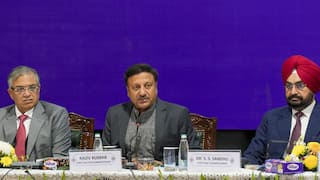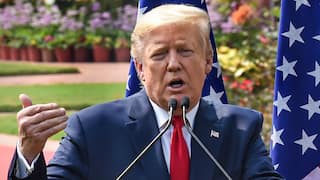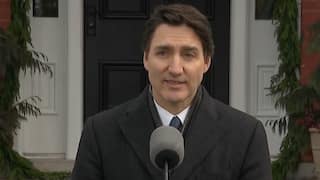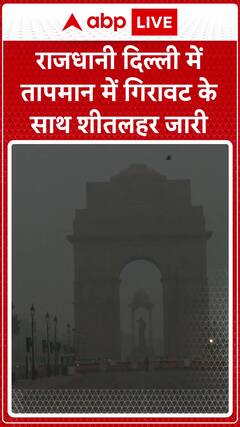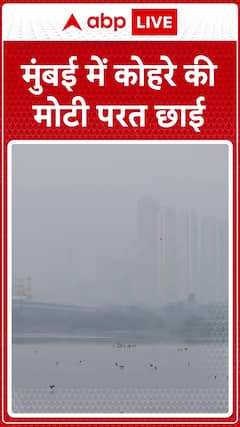India Has 52 Ministries, 57 Depts — What Should Be Done To Achieve 'Minimum Govt, Maximum Governance' Goal?
As India aspires to become a developed nation by 2047, the Economic Advisory Council to the PM said a large number of separate ministries and departments has led to coordination challenges.

Ever since the BJP government came to power in 2014, Prime Minister Narendra Modi has stressed on the need for "Minimum Government and Maximum Governance". However, there has been little progress on this front as there are currently 52 ministries and 57 departments under the Union government, one of the highest in the world.
As India aspires to become a developed nation by 2047, the Economic Advisory Council to the Prime Minister (EAC-PM) in its "Competitiveness Roadmap for India@100" report notes that the large number of separate ministries and departments has led to coordination challenges for effective policy implementation.
It urges the need to limit the size of the government for effective coordination across the individual ministries and agencies that govern functional policies.
"Effective policy implementation requires coordination within government...India struggles to achieve the necessary alignment of actions across government, both vertically across different levels of government and horizontally across different functional ministries and agencies," the India@100 report says.
For comparison, the US has 15 federal departments, and the European Commission has 20 directorate generals with policy-making and implementation roles.
Only Sri Lanka, with 51 ministries, comes close to India. Canada and South Africa have 34 ministries each. At 13, Germany has one of the smallest number of ministries.
While a larger number of ministries can enable higher levels of specialisation, it also increases the number of interfaces across departments.
"Many parts of the government may pursue the narrow interests of their respective policy area, while there is no institutional mechanism to focus government actions on the common goals of the nation," the India@100 report notes.
Merger Of Ministries
The merger of crucial ministries was promised by the BJP in both its 2014 and 2019 poll manifestos. However, the area has seen marginal progress.
The first term of the Modi government saw only two ministries being merged. Urban development, and housing and urban poverty alleviation were brought under the
Ministry of Urban Affairs. Moreover, Union Minister Nitin Gadkari was given the charge of three key ministries — road transport and highways, shipping, and water resources.
In its 2019 poll manifesto, the BJP mentioned that it would "merge similar and complementary departments into sectoral ministries". "This will allow policymakers to frame holistic and comprehensive policies on the one hand and ensure smooth implementation on the other," it said.
There has been little movement in this area since. Before the Covid pandemic struck, the Group of Ministers (GoM) headed by Home Minister Amit Shah in 2019 had sent recommendations to the Cabinet for the pruning of some ministries, a report in ThePrint said.
The GoM had recommended merging the Ministry of Sports and Youth Affairs with Skill Development, and the Ministry of Coal with the Ministry of Mining.
In the India@100 report, the EAC-PM has called for a relook at the "tiered" system of ministries India had in the past.
"Where for example, the lead ministry on infrastructure was supported by more specialised ministries on roads, railways, and other modes of transportation," says the report, written by noted economist Bibek Debroy and former Niti Aayog CEO Amitabh Kant, among others.
Government Structure In other Countries
For effective strategy implementation, the report highlights that successful economies had created a dedicated institutional structure within the government.
It suggests creation of a national competitiveness council chaired by the Prime Minister. This structure could be potentially embedded into an apex body, the report says.
For example, Singapore's success in driving growth since gaining statehood in 1965 was linked to the creation of an effective government structure. The Economic Development Board (EDB) was a powerful agency that helped attract FDI.
Similarly, Singapore's Agency for Science, Technology and Research became central to the country's push for innovation and knowledge-driven industries.
The results are visible today as Singapore is ranked among the world's most competitive economies and provides one of the world's most business-friendly regulatory environment for entrepreneurs, according to the World Bank.
When Finland was going through a major economic crisis in the 1990s, it responded with a strong focus on technology and innovation by setting up a Science and Technology Policy Council (STPC) chaired by the PM and including key government ministers and officials.
Colombia has created a system of both national and regional competitiveness councils. The regional councils play an important role in translating national policies into location-specific actions across the country.
Why Large Number Of Ministries Not Desirable
In his book, 'India Unlimited: Reclaiming the Lost Glory', Arvind Panagariya, economist and former vice-chairman of NITI Aayog, mentions three reasons why a large number of ministries is detrimental to governance.
Firstly, he mentions that ministries judge their importance by how much they get to spend. "Therefore, they compete within the government for as large a share in the total expenditure as possible leading to inefficient allocation of resources in other important areas," Panagariya mentions in his book.
Secondly, a large number of ministries slows down the decision making process in the government. "This happens because too many ministries end up having jurisdiction over any given decision that the government must take," he writes.
Thirdly, Panagariya says that more ministries means the government gets centrally involved in sectors that should be off limits to it.
Trending News
Top Headlines







